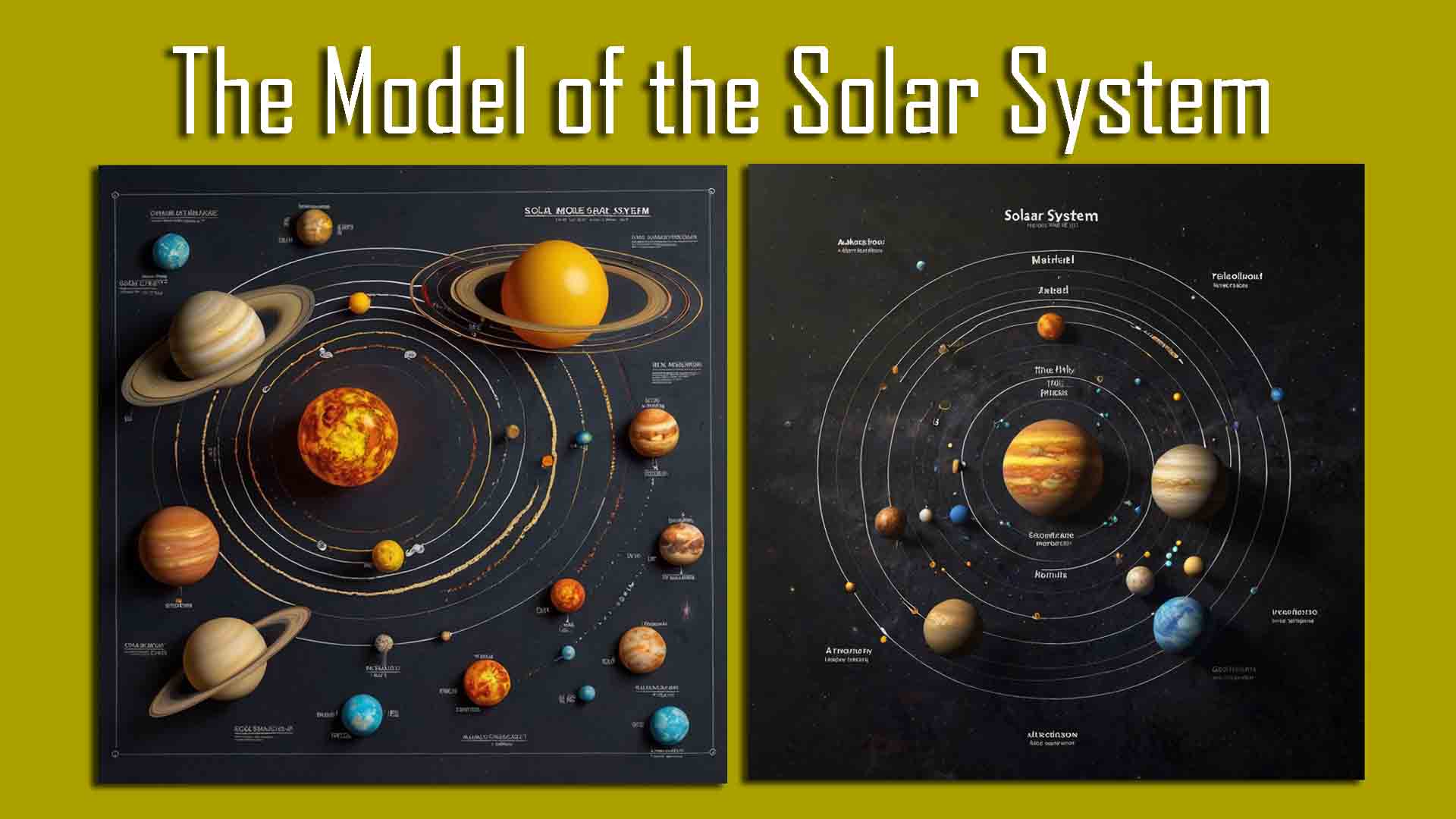

 The Model of the Solar System
The Model of the Solar System
The solar system, our cosmic neighborhood, has captivated human curiosity for millennia. From early mythologies to modern scientific inquiry, our understanding of the solar system has undergone profound transformations. This article delves into the evolution of the solar system model, highlighting significant milestones and the contributions of key figures in the journey toward our current comprehension of this celestial arrangement.
Ancient Models: Geocentrism Dominates
The earliest models of the solar system were geocentric, placing Earth at the center of the universe. This perspective was influenced by the apparent motion of the sun, moon, and stars across the sky. Ancient Greek philosophers, such as Aristotle and Ptolemy, developed sophisticated geocentric models. Ptolemy’s Almagest, a comprehensive treatise, introduced the idea of epicycles—small circles within larger circular orbits—to explain the irregular movements of planets.
The Heliocentric Revolution
The geocentric model prevailed until the Renaissance when Nicolaus Copernicus proposed a radical shift. In his seminal work, “De revolutionibus orbium coelestium” (1543), Copernicus posited a heliocentric model, placing the sun at the center of the solar system. This theory challenged established doctrines and faced significant resistance, but it laid the groundwork for future advancements.
Kepler’s Laws and Elliptical Orbits
Building on Copernicus’ heliocentric model, Johannes Kepler made groundbreaking contributions with his laws of planetary motion in the early 17th century. Using meticulous observational data from Tycho Brahe, Kepler determined that planets move in elliptical orbits, not perfect circles. His three laws described how the speed of a planet varies at different points in its orbit and how these orbits relate to the distances from the sun. Kepler’s work provided a more accurate mathematical framework for understanding planetary motion.
Galileo and the Telescope
Galileo Galilei’s use of the telescope in the early 1600s revolutionized astronomy. His observations supported the Copernican model and challenged Aristotelian cosmology. Galileo discovered moons orbiting Jupiter, phases of Venus, and the rugged surface of the moon—evidence that celestial bodies were not perfect spheres and that not everything orbited Earth. These findings further weakened the geocentric view and bolstered the heliocentric model.
Newton and Universal Gravitation
Isaac Newton’s “Philosophiæ Naturalis Principia Mathematica” (1687) unified celestial and terrestrial mechanics under the law of universal gravitation. Newton explained that the gravitational force between objects depends on their masses and the distance between them. His laws of motion and gravitation provided a comprehensive explanation for Kepler’s observations and described the forces governing planetary orbits.
Modern Models and Discoveries
The advent of more advanced telescopes and space exploration in the 20th and 21st centuries has vastly expanded our understanding of the solar system. The discovery of additional celestial bodies, such as the dwarf planets Pluto, Eris, and the Kuiper Belt objects, necessitated a re-evaluation of what constitutes a planet. The International Astronomical Union’s redefinition of a planet in 2006, which led to Pluto’s reclassification as a dwarf planet, reflects the dynamic nature of our astronomical knowledge.
Space missions, such as Voyager, Galileo, Cassini, and the Mars rovers, have provided detailed information about the composition, atmospheres, and geology of other planets and their moons. These missions have revealed a diverse range of environments, from the volcanically active Io to the potential subsurface oceans of Europa and Enceladus.
Conclusion
The model of the solar system has evolved from the Earth-centered cosmos of antiquity to the intricate and expansive heliocentric system we understand today. This journey of discovery highlights the importance of observation, mathematical modeling, and technological innovation in expanding our knowledge. As we continue to explore and study our solar system, we can expect further refinements and perhaps revolutionary changes to our cosmic perspective. The quest to understand our place in the universe remains as vibrant and compelling as ever.